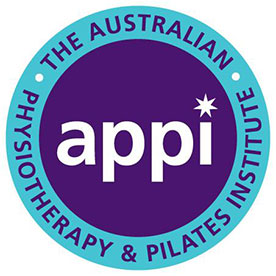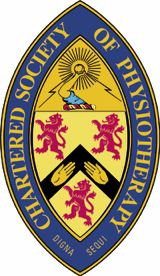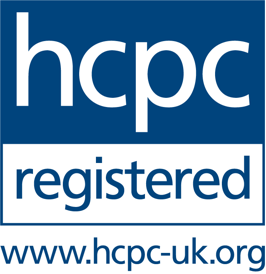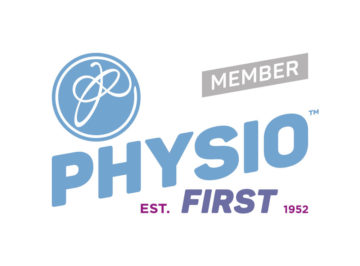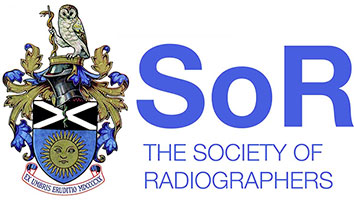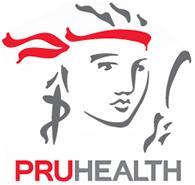
Understanding Pain
Pain is an unpleasant experience or sensation created in the brain that we 'feel' in the body. Pains main function is to draw our attention to potential dangers and motivate us to avoid them. There is no pain in tissue (muscle, ligaments etc), all pain is generated within the brain, simply put, no brain – no pain!
Pain is a very subjective experience and each individual person is the best judge of his or her own pain. One persons 10 out of 10 may be another's 2, this may be due to many factors including social, environmental and our own personal experiences. Feelings of pain can range from mild and occasional, to severe and constant and can be classified as acute pain or chronic pain. Acute pain is transmitted as a warning to try and help protect us. It is often an indication that something is wrong.
Pain can appear suddenly or can come on gradually. When pain is initially experienced, it is a superb system working highly effectively. Think about when your arm touches a hot radiator or you step on a piece of Lego. The sensation you experience (pain) is in the form of a highly efficient warning system, informing you to remove your arm or foot, helping protect you. Pain is very rarely shouting damage, hurt rarely means harm. Pain experience is determined within the brain (remember, no brain – no pain!).
This is a very simplified explanation of how pain is generated. Let’s suggest I am a good friend and we meet at the bus stop to go to work together every day, (but I am an idiot! Yep, that friend!). Every morning I say 'good morning', and give you a little kick in the shin (remember, I'm an idiot!). I do not damage you, but I do irritate receptors known as nociceptors (first order neurons, now we're getting really sciencey! Stay with me!). They send an electro-chemical signal to your spinal cord. This is where your second order neurons are housed. A billion of these little things are about the size of a match head! They transmit the message to a small part of your brain called the thalamus. Your thalamus would more than likely say to you, 'don't worry, it's just Kevin he's an idiot, he kicks you every day', and then send you little if no pain down at all. This is mainly because it does not sense any threat. However, now imagine we had never met and I walked up to you and out of the blue gave you exactly the same kick. Your thalamus would more than likely sense me as a threat and send you some pain to your shin. This would give you a warning signal to provoke a reaction from you in order to protect you. There is no pain in tissue. All pain is an experience generated in the brain and then sent to the irritated area as a warning system (no brain – no pain!)
If we take 'back pain' as an example: When we experience the pain it does not mean damage or harm. The system is letting us know that something is being irritated. Unfortunately the brain’s and body's subconscious response to this is to protect the site of 'injury'. Due to this the brain drives the body to subtly change movement patterns and adapt postures in an attempt to off-load the area, aiming to reduce the pain. These changes create a very poor short term solution and can quickly normalise in the system leading to poor postures (maladaptiveness). This can lead to further long term neural and muscular changes which can over time lead into chronic mal-adaption, dysfunction and chronic pain states.
Early intervention consisting of both education and treatment is essential to help prevent an acute problem becoming a chronic problem. Physiotherapy can help facilitate a speedy recovery, whether it is to return to training, hill walking, driving or digging the garden.
Our dedicated team here at Gosforth Physio & Wellness are experts in pain and its treatment. Our future blogs will discuss persistent pain, management and treatment techniques from the combined fields of Physiotherapy, Pilates, Acupuncture and Psychology to help manage and eliminate pain.



